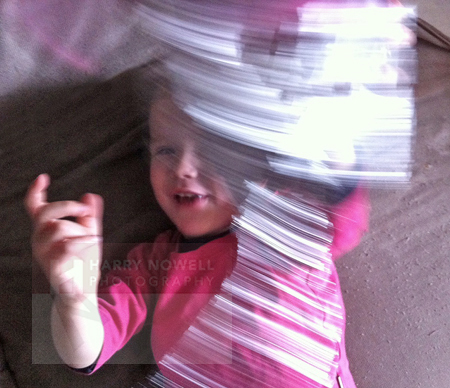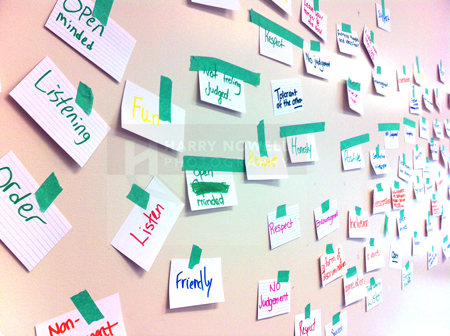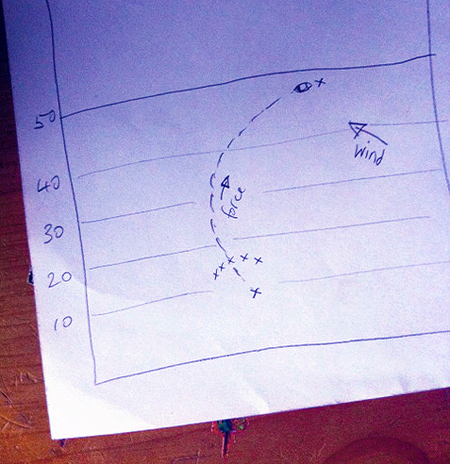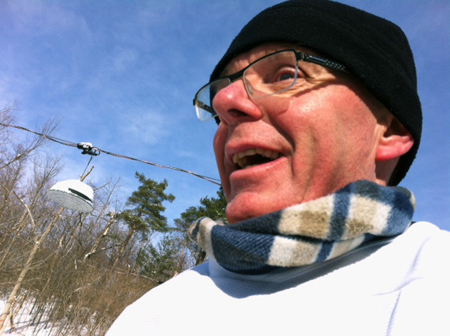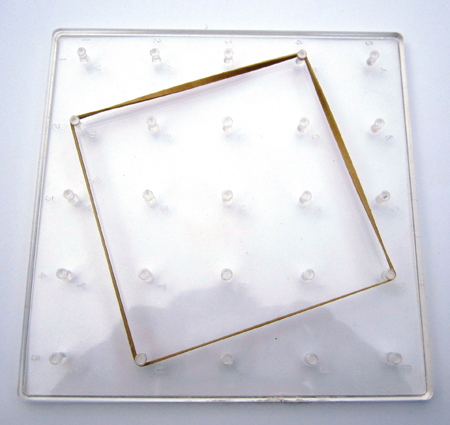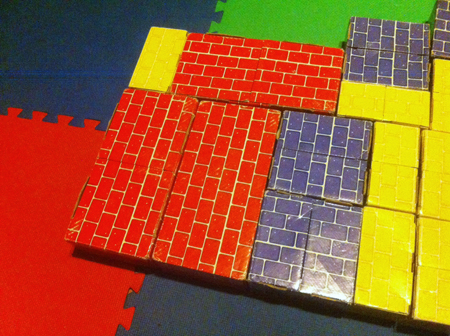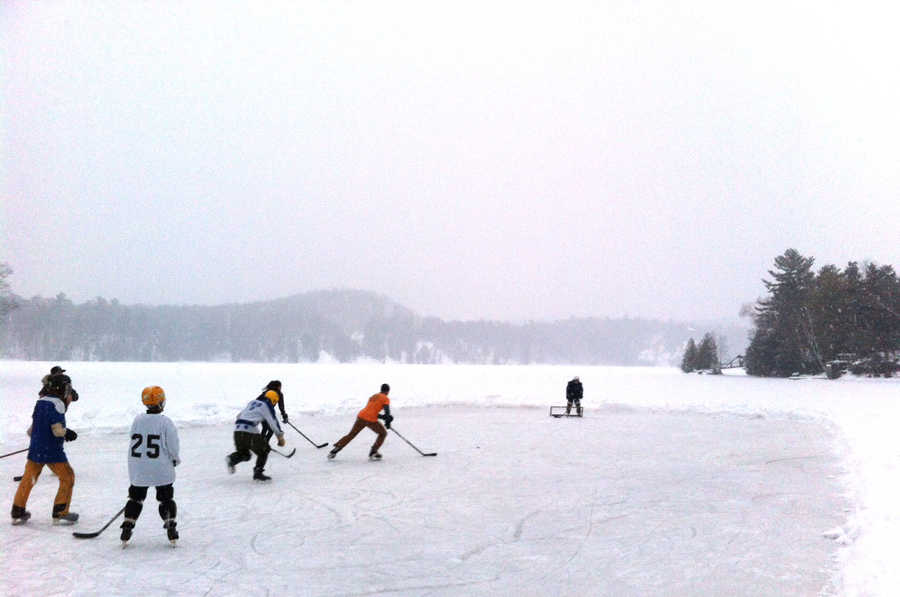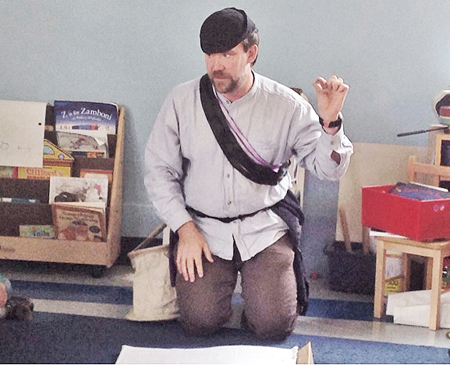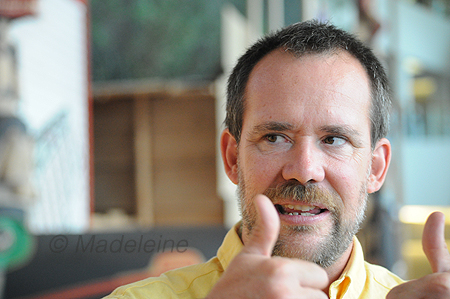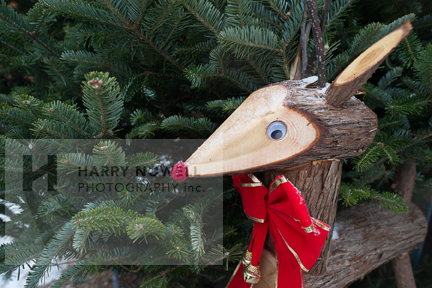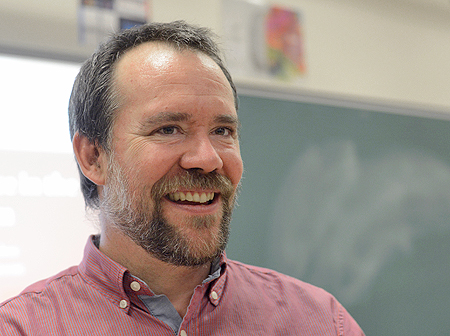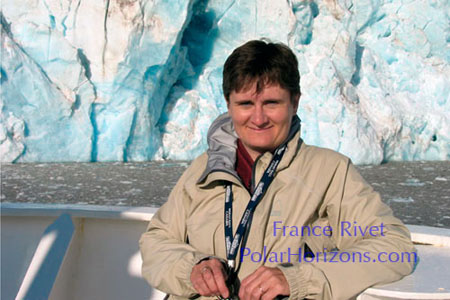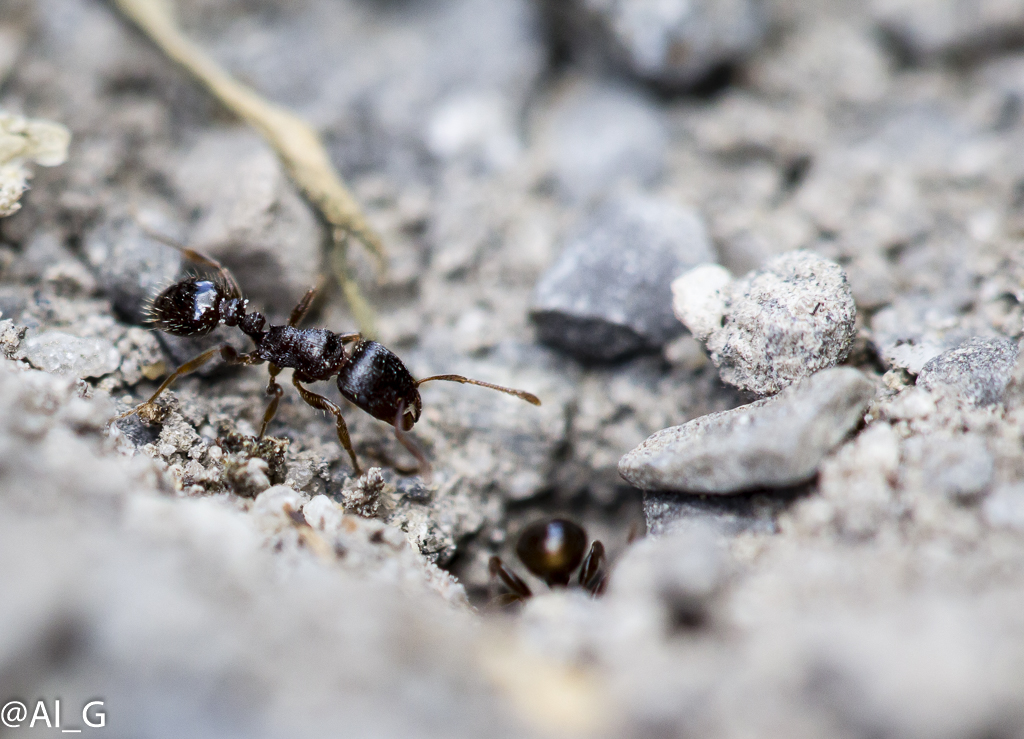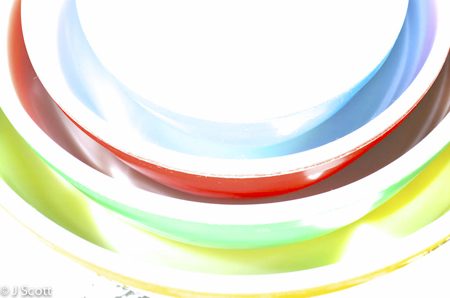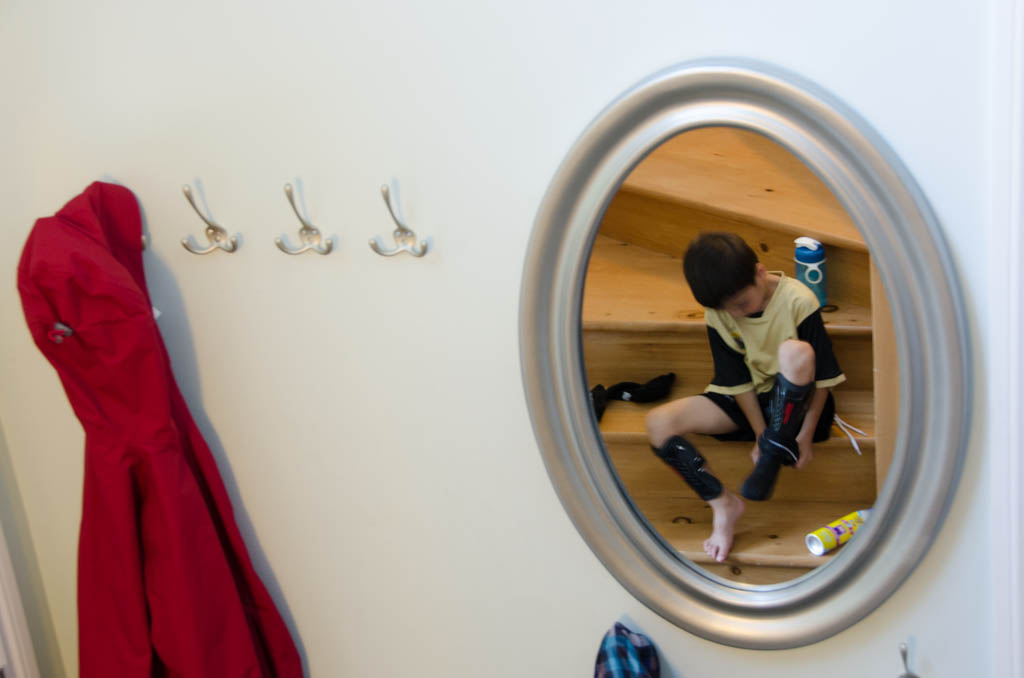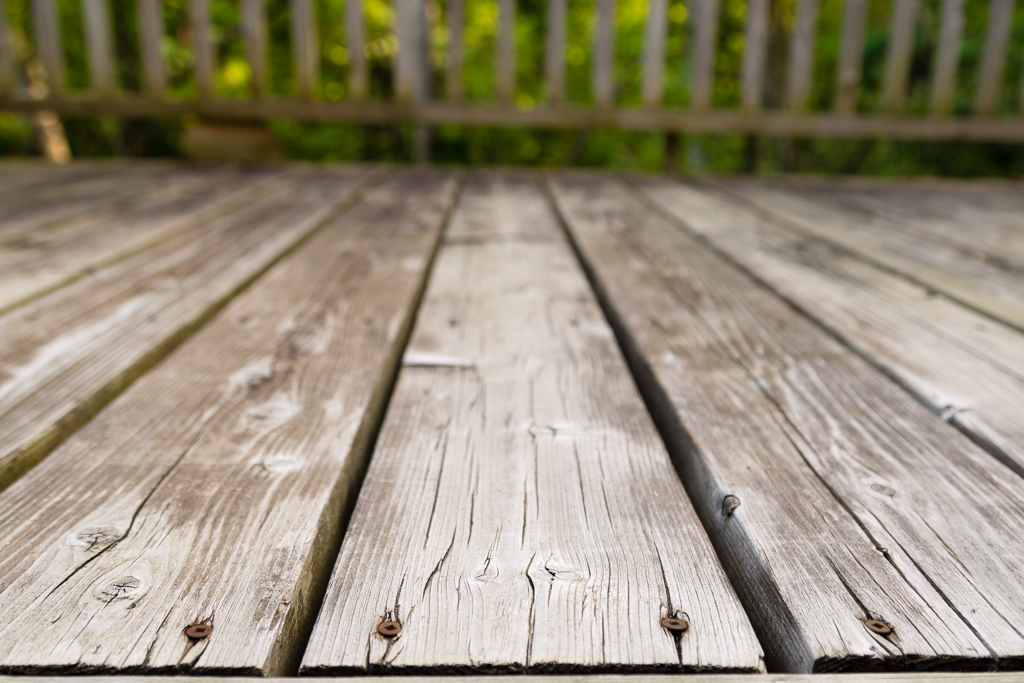Every class has students who would prefer to be doing something else.
In math class, some students would rather be playing football. In language, some students would rather be doing art. And in art, some would rather read.
I’ve been supply teaching regularly since I finished teacher’s college. In one period I was asked to have the students continue their pop-art projects (Andy Warhol-esque pictures). One student was clearly not conforming to the plan. He was just putting dots on his paper in a reluctant way.
I sat by him and asked how most new art forms started… He just stared at his paper and dotted defiantly.
I waited. No response…
So I offered an answer “By breaking the rules of art and trying new things… so you are creating new art ideas by breaking the rules.”
He looked at me. “Really?”
Yes!
I made a deal with him… He could create what he wanted but he’d have to create something, however exploratory… His art would need to have purpose. It worked. His slouch disappeared and he started working on art in his own way.
Collaborative Problem Solving and Tribes training are popular, current approaches to engaging more students in school and life. The theories involve working together to produce a learning environment where all are included or empowered. It works better than expecting all to ‘conform’. The result is a student or students who are more open to their learning process.
I started working with the ideas behind these theories over 20 years ago when I worked with youth and adults at Outward Bound. The work back then ignited my love of teaching people how to learn.

